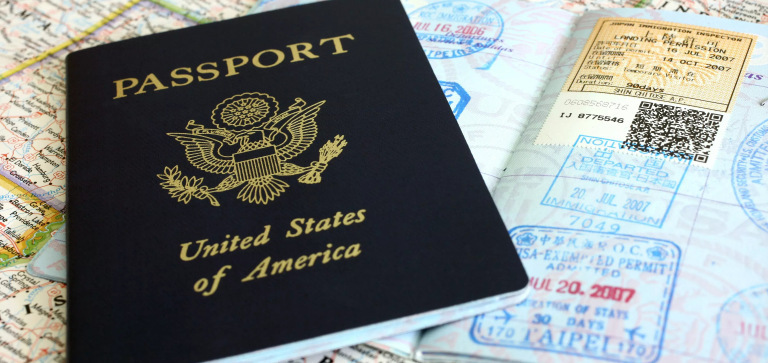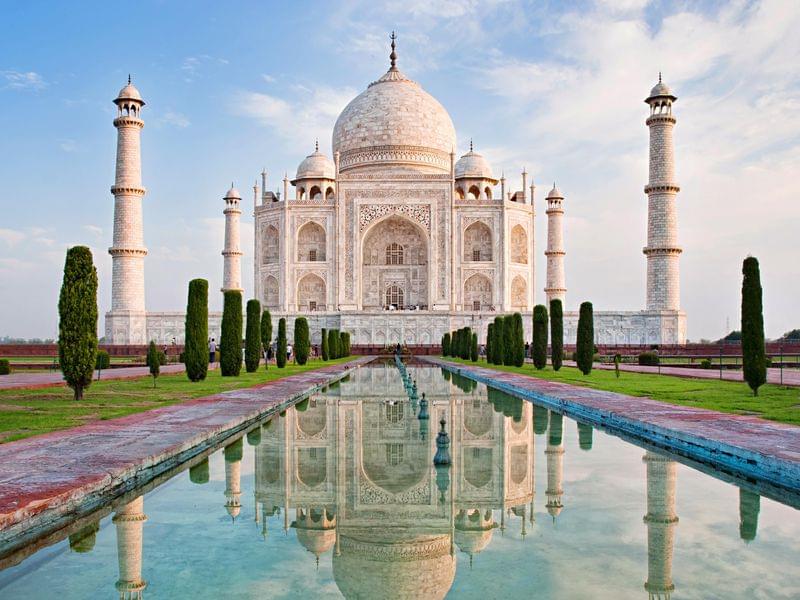“Welcome to the land of vibrant colors, rich culture, and diverse traditions! India has always been a fascinating destination for travelers from all over the world. And if you’re planning to visit this beautiful country soon, then understanding its visa requirements is crucial. Indian visas can be quite complicated and confusing; however, worry not as we’ve got you covered! In this blog post, we’ll decode the different types of Indian visas available and help you navigate through the process with ease. So let’s get started on unlocking the mystery of Indian visas!”
What is an Indian Visa?
An Indian visa is an official document that allows a foreign national to enter and exit India. There are several different types of visas, each with its own set of requirements and restrictions. The most common type of visa is the tourist visa, which allows travelers to stay in India for up to 60 days. Other types of visas include business, student, and work visas. TYPES OF INDIAN VISA
Different Types of Indian Visas
There are several types of Indian visas, each with their own requirements and restrictions. The most common type of visa is the tourist visa, which allows for travel to India for leisure purposes. Other types of visas include business visas, student visas, work visas, and medical visas. Each type of visa has different requirements, so it’s important to research which type of visa is right for your trip before applying.
Business visas are typically valid for multiple entries and allow the holder to stay in India for up to six months at a time. Those traveling on business visas must have a letter from their employer detailing the purpose of their travel. Student visas are granted to those who wish to study in India at an accredited institution. A student visa allows for multiple entries and allows the holder to stay in India for up to five years. Work visas are granted to those who have been offered employment in India. A work visa allows for multiple entries and allows the holder to stay in India for up to three years. Medical visas are granted to those who need medical treatment in India. A medical visa allows for multiple entries and allows the holder to stay in India for up to six months at a time.
Requirements for Obtaining an Indian Visa
If you’re a foreign national planning to travel to India, you will need to obtain a visa before entering the country. The type of visa you will need depends on the purpose and duration of your stay.
For most short-term visits, such as for tourism or business, you will need to apply for a tourist visa. If you are planning to stay in India for an extended period of time, or if you will be undertaking certain activities such as working or studying, you will need to apply for a different type of visa.
Here is an overview of the different types of visas available for travel to India, along with the requirements for each:
Tourist Visa: A tourist visa is valid for up to 6 months and allows for multiple entries into India. To apply for a tourist visa, you will need a passport with at least 6 months remaining validity and 2 blank pages, a completed visa application form, two recent passport-sized photographs, and the applicable visa fee. You may also be required to submit additional documentation such as proof of onward travel and evidence of financial means. INDIAN VISA TYPES
Business Visa: A business visa is valid for up to 1 year and allows multiple entries into India. To apply for a business visa, you will need a passport with at least 6 months remaining validity and 2 blank pages, a completed visa application form, two recent passport-sized photographs, an invitation letter from an Indian company or organization detailing the purpose of your visit, and
Benefits of Having an Indian Visa
There are many benefits of having an Indian visa, including the ability to travel freely throughout the country, to work and live there, and to access medical care and education. India is a large country with a rich culture and history, and its visa requirements reflect its status as a world power.
An Indian visa allows you to stay in the country for up to six months at a time, and can be renewed for up to five years. There are no restrictions on how many times you can enter or exit the country, making it easy to travel back and forth. You can also work in India on an Indian visa, which is perfect for those who want to live and work in the country. And if you need medical treatment while in India, you can access quality healthcare with an Indian visa. If you’re interested in studying in India, you can do so on an Indian student visa.
So whatever your reason for wanting to visit India, an Indian visa will give you the opportunity to do so without any hassle. If you’re still not sure whether or not you need an Indian visa, be sure to check out our other blog articles on the topic.
How to Apply for an Indian Visa
If you’re planning a trip to India, you’ll need to apply for a visa. The process can seem daunting, but we’re here to help. In this section, we’ll walk you through the steps of how to apply for an Indian visa.
First, you’ll need to determine which type of visa is right for you. There are several different types of visas available, each with its own requirements. The most common type of visa for tourists is the e-Visa, which can be obtained online.
Once you’ve determined which type of visa you need, you can begin the application process. The first step is to fill out an online application form. You’ll need to provide basic information about yourself and your trip, such as your travel dates and itinerary.
After your application has been submitted, you’ll need to pay the visa fee and schedule an appointment for an in-person interview at your nearest Indian consulate or embassy. At the interview, you’ll need to provide additional documentation, such as your passport and proof of travel insurance.
Once your application has been approved, you’ll receive your visa electronically. You can then print it out and use it to enter India. Make sure to keep it safe; losing your visa can cause significant delays in your travels.
Conclusion
Indian visas can be a bit of a mystery, but we hope that this guide has helped you better understand the different types and what each entails. With the right information and understanding, you will be able to easily make an informed decision about which type is best for your needs. Whether it’s for business or pleasure, remember to always apply in plenty of time so that you can receive your visa with no hassle. Good luck!



